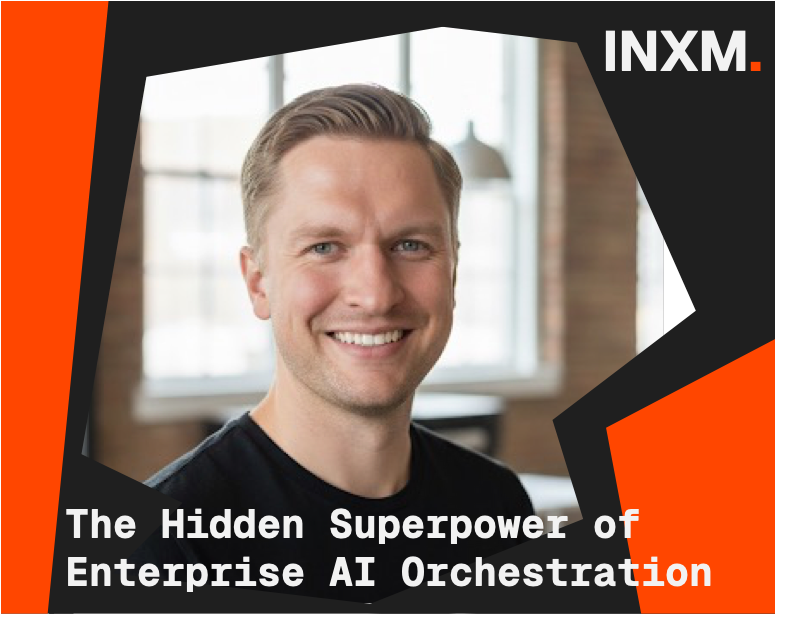Enterprise AI Adoption: Why Rollouts Fail — and What’s Missing
From failed chatbots to trusted orchestration: how leaders can drive real AI adoption across the enterprise.
Walk into almost any enterprise today and you’ll hear the same story:
“We rolled out a chatbot.”
But behind the scenes, adoption tells a different story:
“Most of our people have never touched it.”
“Only a handful know how to prompt it.”
“We aren’t seeing the productivity gains we were promised. It´s even worse than before.”
Trust erodes. Pilots stall. Momentum fades.
Why Static Automation Looked Safe — But Isn’t
Some vendors tried to solve this by locking everything down with static process automation.
“At first, it felt safe. No rogue prompting. No hallucinations.”
But soon reality set in:
“Instead of saving costs, we needed an extra team maintaining it, and they quickly became the bottleneck”
“The system was too rigid. We couldn’t adapt when exceptions came up.”
“Instead of improving processes, we got stuck with brittle ones.”
Performance plateaued. In some cases, outcomes even got worse.
A Different Approach: Guardrails, Not Cages
At INXM, we believe employees shouldn’t be fenced out of innovation. They need guardrails — not cages.
Here’s what that looks like in practice:
Core business logic is fixed. Compliance rules, data models, and process anchors remain untouchable.
Prompts can vary — results stay consistent. Whether an engineer, planner, or controller enters the request, the system aligns with the anchors that matter most.
Confidence grows with every use.
“I can ask in my own words — and I still get the right outcome.”
“Finally, AI that adapts to me, not the other way around.”
We successfully saved five always heavy-prepared manufacturing meetings while reducing escalations by over 30% within the first few weeks. Additionally, our reaction time to disruptions improved significantly, exceeding 85%.
This model prevents hallucinations, safeguards critical decisions, and drives adoption because employees trust it.
Why This Matters for Leaders
For CEOs and COOs: trustworthy adoption at scale, not one-off pilots that fade out.
For CTOs and CDOs: resilience without rigidity — systems that deliver measurable impact in the core.
For employees: AI that actually helps them, not another tool they avoid.
The result? Faster planning. Fewer errors. Greater organizational confidence in digital transformation.
Where Do Enterprises Really Stand?
Before we go further, we wanted to understand how far companies actually are in their AI adoption journey.
That’s why we launched a survey across leading enterprises — measuring not just rollouts, but true adoption:
How many employees are actively using AI?
How much trust exists in the results?
Where do guardrails already exist, and where are they missing?
Enterprise Survey: Inside AI Adoption: German Companies 2025
Let´s Face it
“The real reason most enterprise AI initiatives fail isn’t the systems. It’s the lack of enterprise grade intelligence orchestration between them and the people.” — CDO, global manufacturer.
Static automation strangles progress.
Pure freedom creates chaos.
The future of AI success lies in structured flexibility, where enterprise-grade intelligence orchestration provides the fixed anchors of unified data and governance, enabling employee creativity to thrive and innovate.
👉 This week, ask yourself: Where could structured flexibility unlock results your pilots never reached? Test it in one application field. Watch adoption shift.



